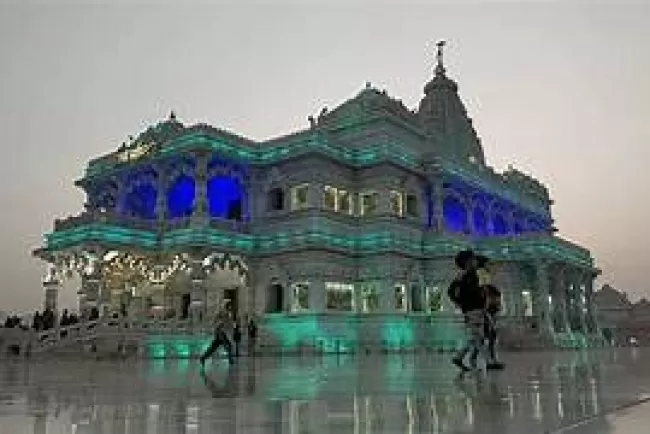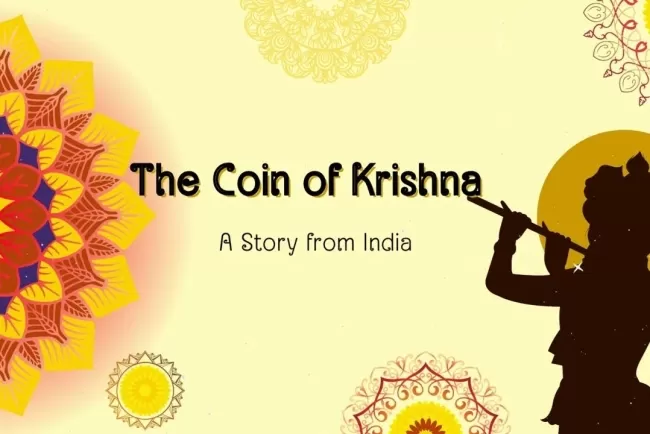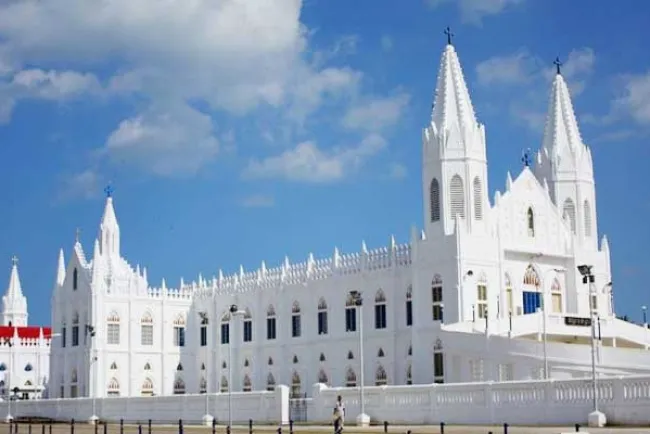"Rama Navami: Celebrating the Birth of Lord Rama and the Triumph of Dharma"
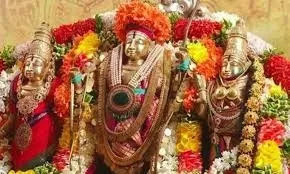
Rama Navami: Honoring the Birth of Lord Rama and the Triumph of Virtue
Rama Navami is one of the most significant and widely celebrated Hindu festivals, observed to commemorate the birth of Lord Rama, the seventh avatar of Lord Vishnu. Celebrated on the ninth day (Navami) of the bright half of the Hindu month of Chaitra, it typically falls in March or April in the Gregorian calendar. This sacred occasion holds great spiritual, cultural, and moral importance in the Hindu tradition.
Lord Rama, regarded as the embodiment of righteousness, courage, and compassion, is a central figure in the epic Ramayana. His birth is seen not just as a divine event but also as a symbol of hope, justice, and the triumph of good over evil.

The Story of Lord Rama’s Birth
According to ancient scriptures, Lord Rama was born in the royal household of Ayodhya, to King Dasharatha and Queen Kaushalya. After remaining childless for years, the king performed the sacred Putrakameshti Yagna under the guidance of sages. As a result, the divine offering from the fire ritual was distributed among his queens, leading to the birth of Rama and his three brothers—Lakshmana, Bharata, and Shatrughna.
Lord Rama is revered as Maryada Purushottam, the perfect man, and is often worshipped for his unwavering commitment to dharma (duty), truth, and honor. His life serves as a guiding example for millions seeking to lead a life of virtue and selflessness.
Spiritual Essence of Rama Navami
Rama Navami is not only a celebration of Lord Rama’s divine birth but also a reminder of the moral path he followed throughout his life. His story, as detailed in the Ramayana by Valmiki and the Ramcharitmanas by Tulsidas, teaches values like truth, devotion, humility, and perseverance.

For devotees, the day offers an opportunity to reflect on these values and seek blessings to lead a life rooted in righteousness. Worshipping Rama on this day is believed to cleanse the mind, bring peace, and foster spiritual growth.
Traditional Observances and Celebrations
The festival is observed with devotion and joy across India, with some regional variations. Common practices include. Many devotees observe a vrat (fast) on this day, abstaining from food or following a fruit-only diet. They offer prayers, chant Rama’s name, and perform puja with flowers, tulsi leaves, and sweets. Devotional songs and Ramayana path (readings) are organized in homes and temples. The story of Lord Rama’s birth is recited, accompanied by bhajans and kirtans that fill the air with spiritual energy.
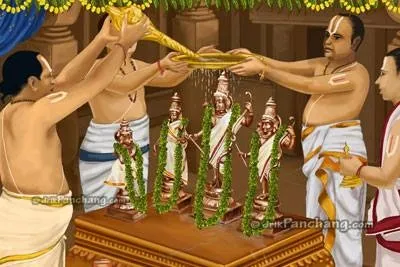
In cities and towns, colorful processions are taken out with idols of Rama, Sita, Lakshmana, and Hanuman. These Ratha Yatras (chariot festivals) feature singing, dancing, and devotional chants. Temples dedicated to Lord Rama, especially in Ayodhya, Bhadrachalam, and Rameswaram, witness elaborate festivities. At Bhadrachalam in Telangana, the famous Sitarama Kalyanam (celestial wedding of Rama and Sita) is performed with grandeur and broadcast live for devotees. The occasion is also marked by Ramlila performances—dramatizations of episodes from Lord Rama’s life. These plays serve as a way to impart religious teachings and moral values, especially to children and youth.
Celebrations Across Regions
-
In North India, especially Uttar Pradesh and Bihar, Ayodhya becomes a focal point of celebration with lakhs of devotees taking a holy dip in the Saryu River and offering prayers at Rama Janmabhoomi.
-
In South India, states like Tamil Nadu and Andhra Pradesh organize spiritual discourses, musical performances, and temple rituals.
-
In Western India, communities participate in devotional gatherings and organize community feasts and charity events.
Relevance in Modern Times
Beyond its religious roots, Rama Navami continues to hold relevance in today’s world. It serves as a reminder of timeless virtues such as truthfulness, integrity, respect, and duty. In an age of uncertainty and change, the ideals exemplified by Lord Rama offer a sense of stability and guidance.The festival also promotes unity and community bonding, as people come together to celebrate, share meals, and reflect on shared cultural heritage.
Conclusion
Rama Navami is much more than a religious observance—it is a celebration of ideals that have shaped Indian thought and culture for centuries. It encourages individuals to rise above personal interests and walk the path of righteousness, just as Lord Rama did. Through prayers, fasting, music, and storytelling, devotees honor the divine birth and teachings of a noble king who remains a beacon of dharma for generations to come.
What's Your Reaction?







